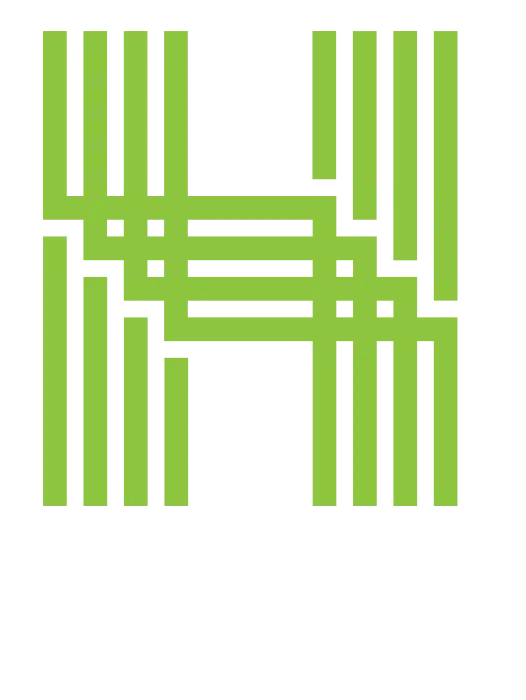
Best Practices for Developing a CMMC-Compliant System Diagram
To comply with the Cybersecurity Maturity Model Certification (CMMC), you will need to a develop a CMMC-compliant system diagram. This will allow you to secure sensitive information and meet Department of Defense (DoD) standards. A well-structured system diagram not only facilitates compliance but also enhances your overall cybersecurity posture. Below are best practices to guide you in creating an effective diagram.
Understand CMMC Requirements
Begin by thoroughly reviewing the CMMC framework, focusing on the specific level applicable to your organization. Each level has distinct practices and processes that influence the design of your system diagram. For instance, Level 2 emphasizes the protection of Controlled Unclassified Information (CUI), which involves detailed documentation of data flows and system components.
Identify and Categorize Assets
Catalog all assets within your network, including hardware, software, and data repositories. Classify them based on their interaction with CUI:
– CUI Assets: Those that process, store, or transmit CUI.
– Security Protection Assets: Those that provide security functions or capabilities.
– Contractor Risk Managed Assets (CRMAs): Those capable of handling CUI, but are managed to prevent such activities.
– Specialized Assets: These can include Internet of Things (IoT) devices, Operational Technology (OT), and other assets with unique security considerations.
Proper categorization ensures that each asset receives appropriate security controls and is accurately represented in the system diagram.
Map Data Flows
Create a Data Flow Diagram (DFD) to visualize how data — particularly CUI — moves through your system. Identify entry points, processing nodes, storage locations, and exit points. This mapping helps in pinpointing potential vulnerabilities and ensures that all data-handling processes are secure.
Develop a Network Diagram
Construct a comprehensive network diagram that illustrates the physical and logical connections between system components. Include details such as firewalls, routers, servers, workstations, and other network devices. This diagram should align with your DFD to provide a holistic view of your system’s architecture.
Implement Separation Techniques
To limit the scope of CMMC assessments and enhance security, employ separation techniques:
– Physical Separation: Use distinct hardware for systems handling CUI.
– Logical Separation: Implement virtual networks or segmentation to isolate CUI-related processes.
Effective separation ensures that non-CUI assets are not inadvertently exposed to sensitive information.
Document Security Controls
For each asset and data flow, document the security controls in place. This includes encryption methods, access controls, monitoring systems, and incident response protocols. Comprehensive documentation demonstrates compliance and aids in the maintenance and auditing of security measures.
Regularly Update Diagrams and Documentation
Cybersecurity is a dynamic field; therefore, regularly review and update your system diagrams and associated documentation to reflect changes in your network, emerging threats, and evolving CMMC requirements. Continuous updates ensure ongoing compliance and robust security.
By adhering to these best practices, your organization can develop a CMMC-compliant system diagram that not only meets regulatory standards but also strengthens your overall cybersecurity framework.
Contact us today to learn and get assistance with CMMC prep.










